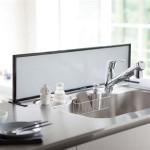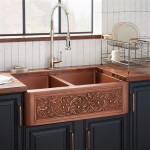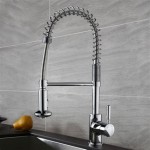When it comes to upgrading your kitchen faucet, one of the most important components to consider is the kitchen faucet supply lines. Without the right supply lines, your kitchen faucet won’t be able to function properly. This article will explain what you need to know about kitchen faucet supply lines to ensure you make the right purchase.
Types of Supply Lines
When it comes to kitchen faucet supply lines, there are two main types to choose from: braided supply lines or flexible supply lines. Each type has its own advantages and disadvantages, so it’s important to consider which type is best for your needs.
- Braided Supply Lines – Braided supply lines are a popular choice for kitchen faucets because they are more durable and flexible than other types of supply lines. They are also less likely to kink or leak. The downside is that they can be more expensive than other types of supply lines.
- Flexible Supply Lines – Flexible supply lines are a great option for those on a budget. They are easier to install and less expensive than braided supply lines. However, they are not as durable and can be more prone to leaks or kinks.
Installation Tips
Installing a new kitchen faucet supply line can be a daunting task. Here are some tips to make the job easier:
- Make sure the supply line is the right size for your faucet. If it’s too small, it won’t be able to handle the pressure and could cause leaks.
- Use a wrench to tighten the connection. Over-tightening can cause damage, so make sure to stop when the connection is snug.
- If you’re using flexible supply lines, make sure they are not kinked or bent. This can cause a decrease in water pressure and could lead to leaks.
Conclusion
Kitchen faucet supply lines are an integral part of your kitchen faucet. Choosing the right type of supply line and taking the time to install it correctly will ensure your kitchen faucet works properly for years to come.















Related Posts








